Mark SavageMusic correspondent
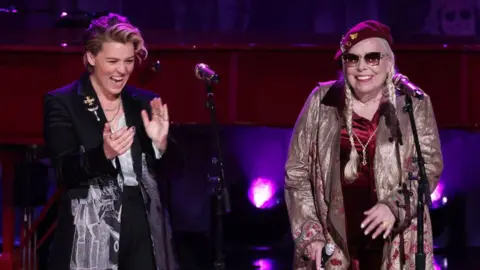 Getty Images
Getty ImagesWhen Brandi Carlile was 12 years old, living in a mobile home…
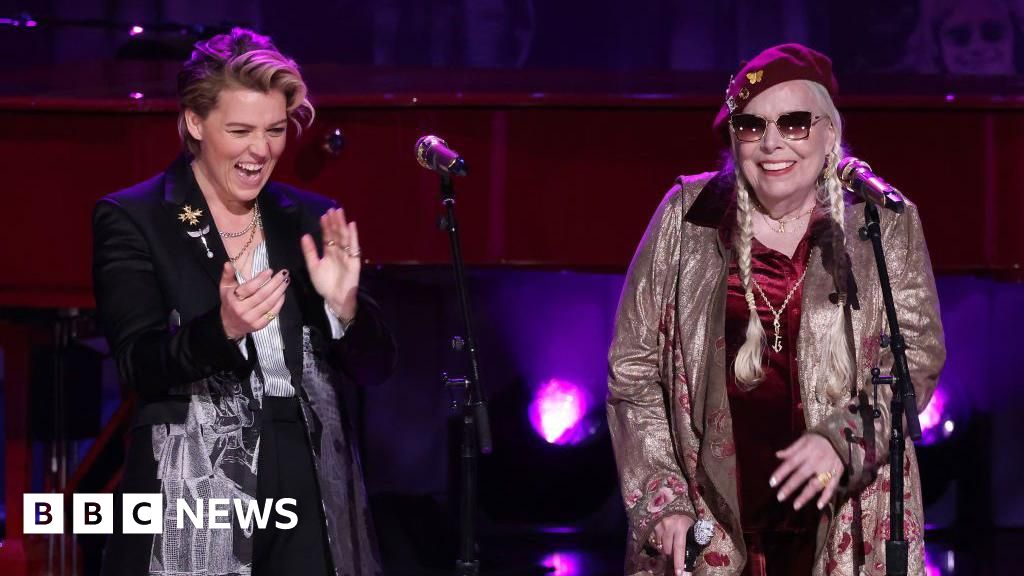
Mark SavageMusic correspondent
 Getty Images
Getty ImagesWhen Brandi Carlile was 12 years old, living in a mobile home…
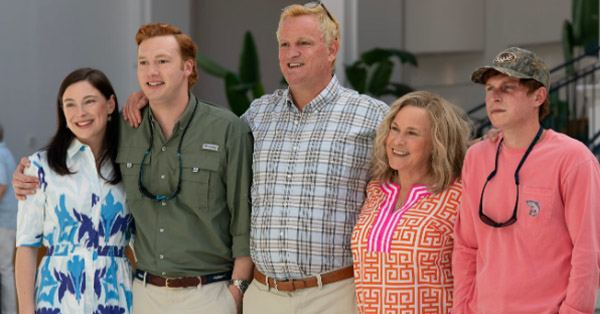
TAGGED AS: binge, Binge Guide, streaming, TV
The latest: Murdaugh: Death in the Family is now streaming on Hulu.
Television has emerged as the definitive home for true crime adaptations, where real-life events…
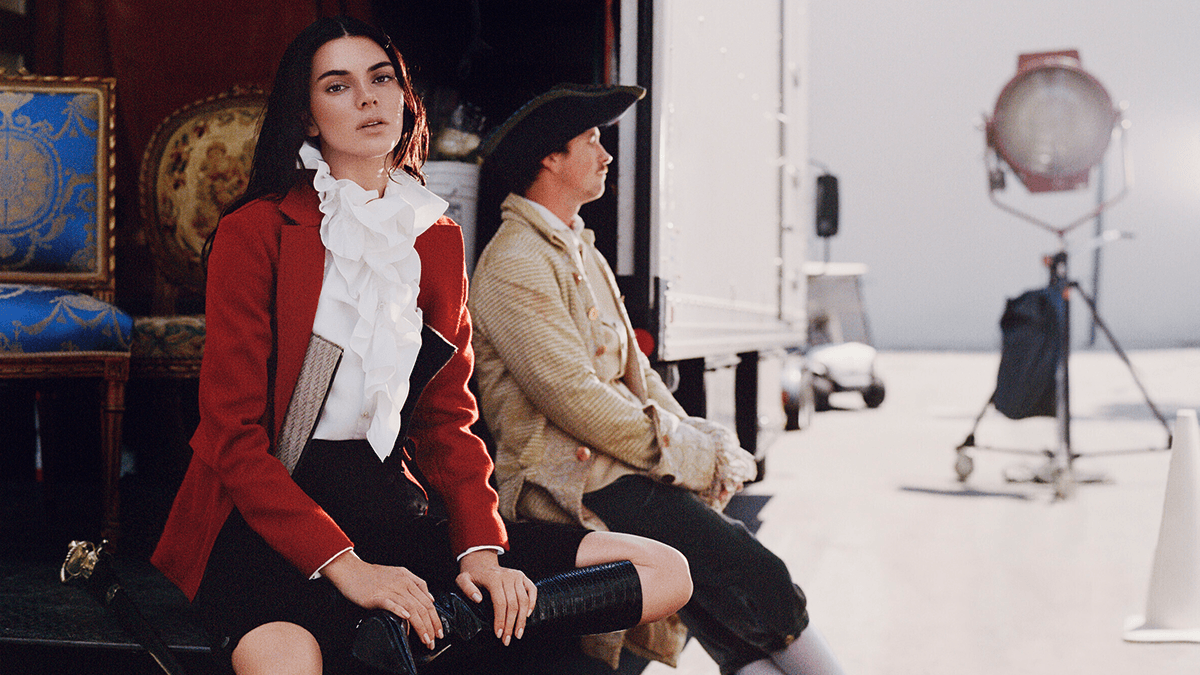
Beyond Cannes, Chanel has partnered with Toronto International Film Festival, Busan International Film Festival and Tribeca Festival in New York City. At the latter, Chanel has partnered on a women’s filmmaker programme, Through Her Lens, since…

Jim Parsons has been reminiscing about one of the most uncertain moments during The Big Bang Theory’s early days.
In a new chat with Us Weekly, the…
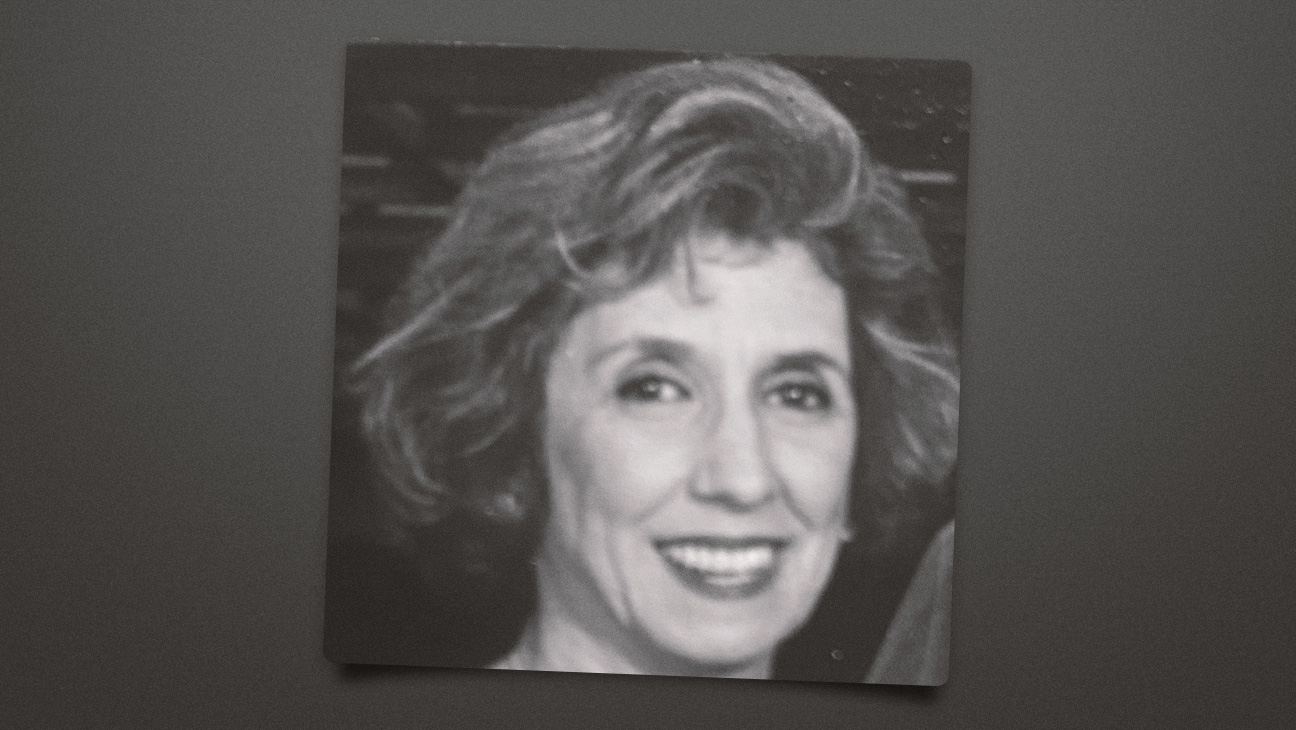
Barbara Gips, who helped sell Ridley Scott’s classic horror sci-fi thriller Alien to unsuspecting moviegoers with her now-legendary tagline “In space no one can hear you scream,” has died. She was 89.
Gips died Oct. 16 in the Bronx…

More than 15 years later, Jennifer’s Body continues to pack a punch for its intended audience, and director Karyn Kusama is grateful for the film’s cult status.
After writer Diablo Cody expressed interest in making a sequel, Deadline…
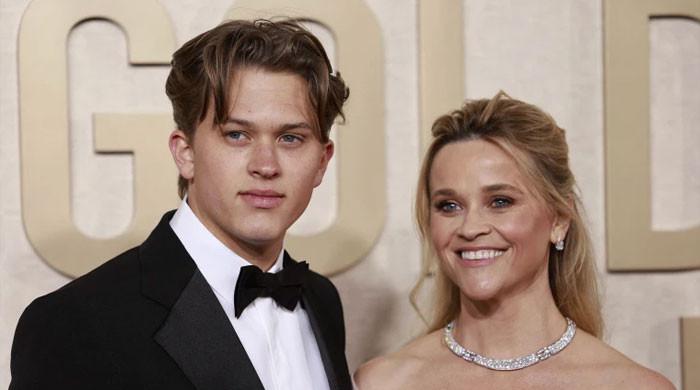
Reese Witherspoon is celebrating her son Deacon’s another trip around the sun!
The Good Morning actress took to her Instagram account on Thursday to mark her son…
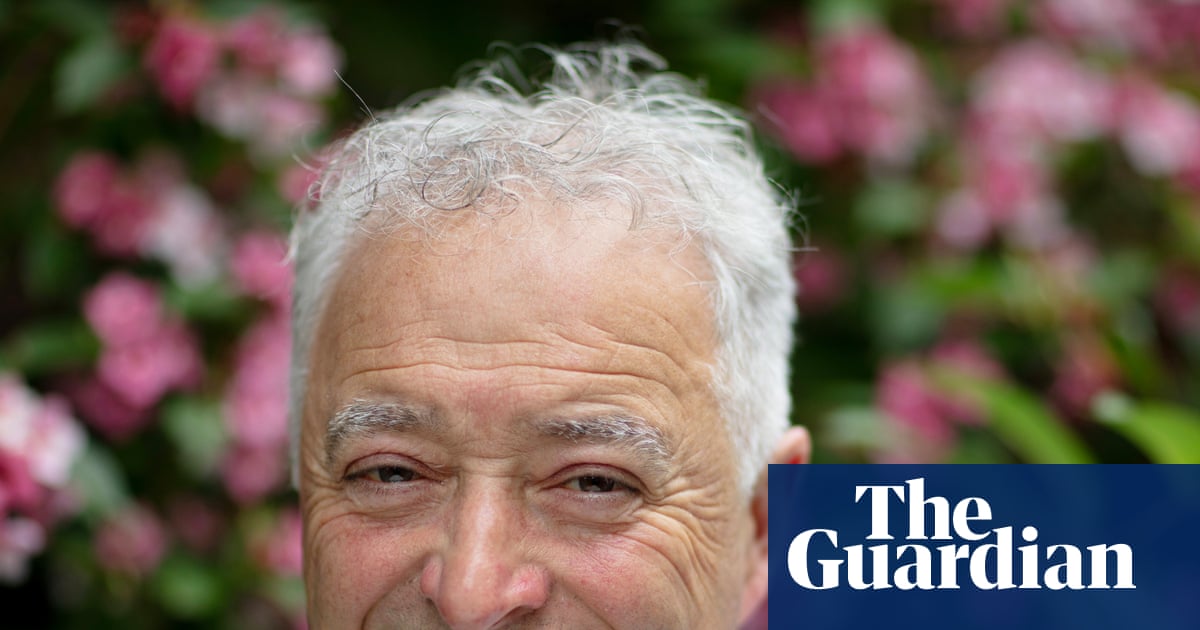
The Booker prize foundation has launched a major new literary award, the Children’s Booker prize, offering £50,000 for the best fiction written for readers aged eight to 12.
The new award will launch in 2026, with the first winner announced in…
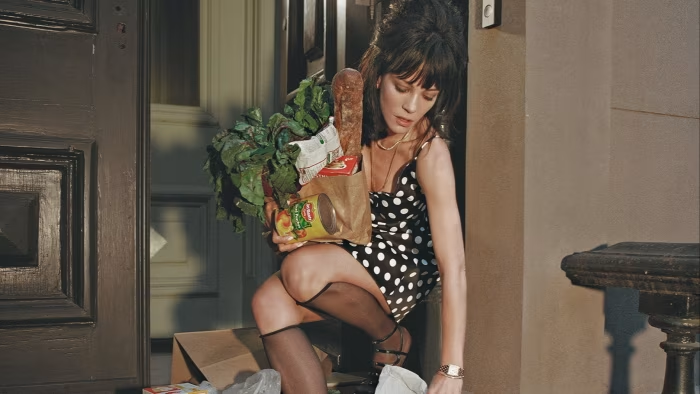
Unlock the Editor’s Digest for free
Roula Khalaf, Editor of the FT, selects her favourite stories in this weekly newsletter.
Lily Allen is, perhaps above all, open. In her 2018 memoir My Thoughts Exactly, she writes about, in no particular order:…